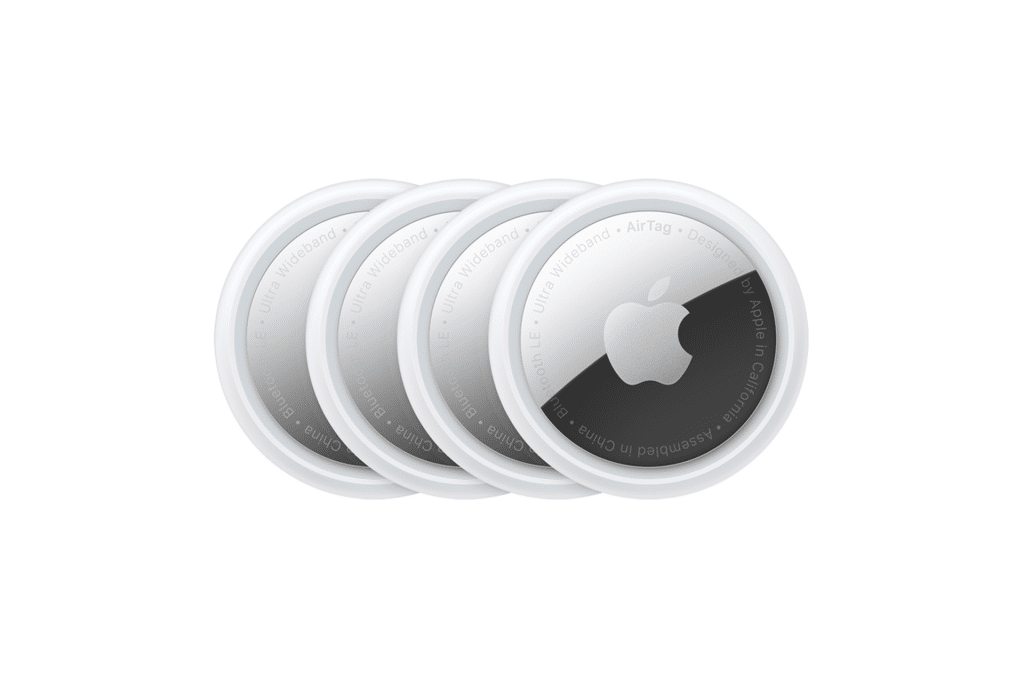The original AirTag leverages Apple’s Ultra Wideband (UWB) technology for precise location tracking through the Find My app. However, its range has been a limiting factor for some users. The AirTag 2 is expected to address this with a second-generation UWB chip, first introduced in the iPhone 15 and Apple Watch Ultra 2. This chip promises up to three times the tracking range of the current model, potentially reaching 200 feet (about 60 meters), according to Bloomberg’s Mark Gurman. This extended range could make it easier to locate items in crowded places, such as airports or festivals, where precision matters most. For users who frequently misplace belongings in large spaces, this upgrade could be a game-changer, offering more reliable tracking without relying solely on the Find My network’s crowdsourced data.
Enhanced Anti-Stalking Measures
Privacy and safety concerns have been a focal point for Apple since the AirTag’s debut, particularly regarding its potential misuse for unauthorized tracking. The AirTag 2 is rumored to feature a tamper-proof speaker, making it harder to disable the device’s audible alerts, a measure aimed at deterring stalking. Currently, the speaker can be removed with relative ease, silencing alerts that notify someone of an unknown AirTag traveling with them. By reinforcing the speaker’s design, Apple aims to ensure the device remains audible when separated from its owner, enhancing user safety. This change reflects Apple’s ongoing commitment to balancing functionality with privacy, responding to feedback from users and regulators alike.
Battery Alerts and Design Continuity
The AirTag 2 is expected to retain the replaceable CR2032 coin cell battery, a decision confirmed by Gurman in his November 2024 Power On newsletter. While some speculated about a shift to a rechargeable battery, Apple appears to favor the longevity and simplicity of the coin cell, which can last up to a year. A new feature, hinted at in iOS 18.6 beta code, suggests the AirTag 2 will offer dual-tier battery alerts—notifying users of both low and very low battery levels. This improvement over the current single low-battery warning in the Find My app could help users replace batteries more proactively, ensuring uninterrupted tracking. The device’s design is likely to remain similar to the original’s compact, circular form, maintaining its sleek, minimalist aesthetic that fits easily into wallets or attaches to keychains.
Vision Pro Integration and Ecosystem Synergy
Apple’s push into spatial computing with Vision Pro has sparked rumors of deeper integration with the AirTag 2. While specifics remain scarce, the new AirTag may offer enhanced compatibility with visionOS, potentially allowing users to visualize item locations in a mixed-reality environment. This could be particularly useful for finding misplaced items in the home, with Vision Pro overlaying directional cues or virtual markers. Such integration would align with Apple’s strategy to create a seamless ecosystem, where devices like the iPhone, Apple Watch, and Vision Pro work together effortlessly. For users invested in Apple’s spatial computing platform, this feature could add a futuristic twist to the practical utility of AirTags.
Why the September Launch?
Initial reports from Gurman and analyst Ming-Chi Kuo suggested a mid-2025 launch for the AirTag 2, potentially around June or July. However, recent insights indicate Apple has pushed the timeline to September 2025 or later, likely to coincide with the iPhone 17 event. This delay could stem from Apple’s focus on clearing existing AirTag inventory or refining the new model’s features. The absence of a hardware announcement at WWDC 2025, as Gurman predicted, further supports the likelihood of a fall reveal, possibly via a press release or during Apple’s annual September keynote. This timing aligns with Apple’s pattern of unveiling accessories alongside major product launches, ensuring maximum visibility.
Practical Implications for Users
For those considering an AirTag purchase, the current model remains a reliable option at $29 individually or $99 for a four-pack. Its integration with the Find My network, which leverages millions of Apple devices worldwide, ensures robust tracking even in remote locations. However, with the AirTag 2 on the horizon, potential buyers may want to weigh the benefits of waiting. The extended range and improved safety features could make the new model a worthwhile upgrade, especially for frequent travelers or those concerned about privacy. For existing AirTag owners, the AirTag 2’s enhancements may not justify an immediate switch, but the longer range could prove compelling for specific use cases, like tracking luggage or pets.
A Competitive Edge in Item Tracking
Apple faces stiff competition from brands like Tile, which has offered Bluetooth trackers for over a decade. The AirTag 2’s rumored upgrades aim to solidify Apple’s position in this market by combining superior range with ecosystem integration that competitors struggle to match. The tamper-proof speaker addresses ethical concerns, while the UWB chip’s extended range could outpace rival trackers. For users already embedded in Apple’s ecosystem, the AirTag 2’s seamless connectivity with iPhones, iPads, and potentially Vision Pro makes it a compelling choice over alternatives.
The AirTag 2 represents Apple’s effort to refine a product that has already reshaped how people track their belongings. With a launch expected in September 2025 or later, the device promises to deliver practical improvements that enhance both functionality and safety. Whether you’re a frequent traveler, a pet owner, or someone prone to misplacing keys, the AirTag 2 could offer the precision and peace of mind to make lost items a thing of the past.
